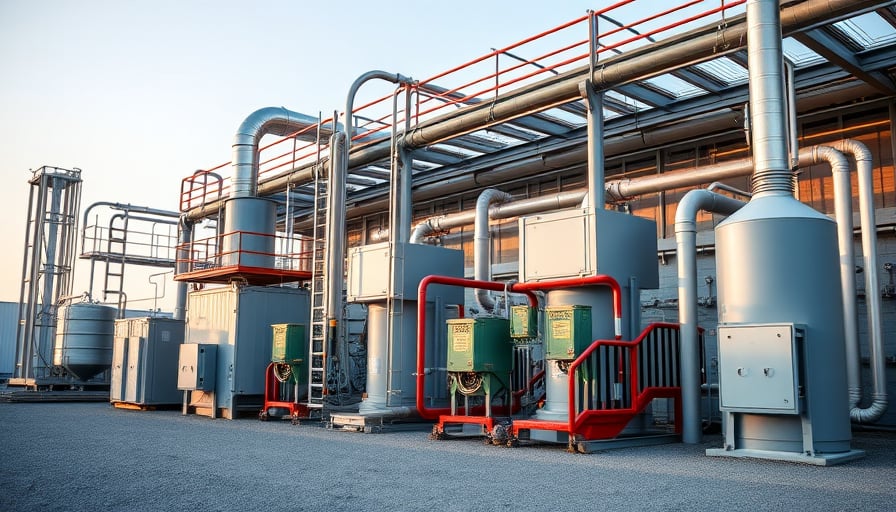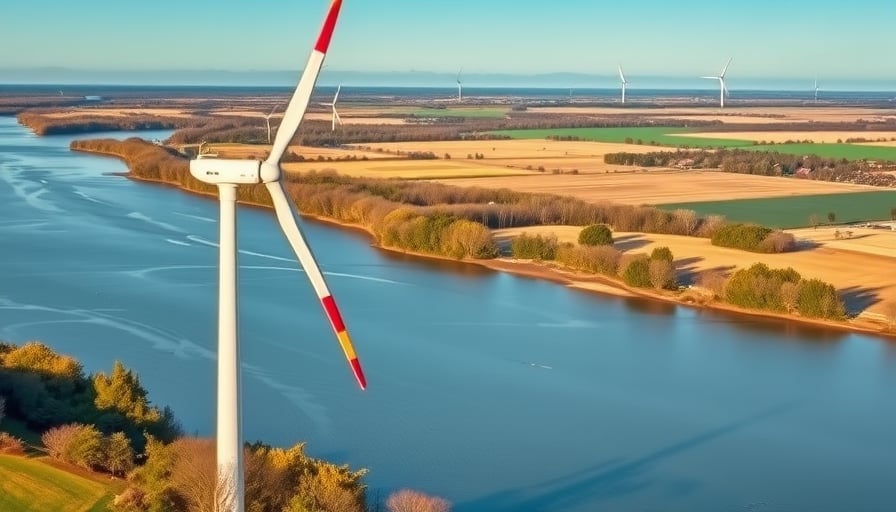Corporate Announcement and Its Implications for the Energy Landscape
Cenovus Energy Inc. has disclosed plans to issue senior unsecured notes totaling $2.6 billion. The offering will be structured in four tranches denominated in both Canadian and U.S. dollars, featuring a range of coupon rates and maturities that extend into the mid‑2030s. The transaction is expected to close shortly and will be available to investors through standard regulatory filing channels.
Financing Strategy in Context
The choice of a multiyear, multi‑currency debt structure reflects Cenovus’s intention to diversify its capital base while maintaining flexibility amid fluctuating commodity prices. By tapping both domestic and international investor pools, the company can hedge against currency exposure and potentially secure more favorable borrowing costs in a low‑interest‑rate environment. The varied coupon rates align with the firm’s projected cash‑flow profile, which is expected to benefit from higher crude‑oil and natural‑gas prices over the next few years.
Energy Market Dynamics
Supply–Demand Fundamentals Global crude‑oil demand remains resilient, supported by ongoing economic recovery in Asia and continued investment in transportation infrastructure. However, the sector faces supply constraints from geopolitical tensions in the Middle East and disruptions due to climate‑related events. Cenovus’s capacity to manage these uncertainties is bolstered by its diversified portfolio that includes both conventional oil sands and upstream natural‑gas assets.
Technological Innovations Advances in horizontal drilling, hydraulic fracturing, and carbon capture and storage (CCS) are enhancing extraction efficiency and reducing the environmental footprint of conventional energy production. Cenovus has been investing in CCS pilot projects that aim to offset CO₂ emissions from its oil sands operations. Additionally, the firm is exploring battery‑storage solutions to balance production with grid demands, positioning itself to participate in emerging demand‑response markets.
Regulatory Impacts Recent U.S. and Canadian policy shifts—such as the re‑introduction of the U.S. Inflation Reduction Act’s clean‑energy tax incentives and Canada’s federal carbon pricing framework—are reshaping the economic calculus for both traditional and renewable energy projects. While conventional producers face higher compliance costs, the same regulations are driving demand for cleaner technologies, encouraging investment in renewable generation and storage. Cenovus’s strategic shift toward low‑carbon projects is likely to mitigate regulatory headwinds and align the company with long‑term decarbonization trajectories.
Commodity Price Analysis
Crude Oil Benchmark prices have recovered to $75–$85 per barrel in recent trading sessions, driven by OPEC+ supply curbs and robust demand forecasts. Volatility remains a concern, especially with potential geopolitical escalations in Eastern Europe that could tighten supply curves.
Natural Gas U.S. West Texas Intermediate (WTI) gas has traded around $4.20 per MMBtu in the last quarter, reflecting seasonal demand spikes and limited pipeline throughput in the Permian Basin. Global LNG markets have seen upward pressure as Europe seeks alternative supplies amidst Russian supply cuts.
Renewable Commodities Wind turbine blade costs have fallen by 12% over the past two years, enhancing the economics of new wind farm developments. Solar photovoltaic (PV) modules continue to benefit from economies of scale and government subsidies in key export markets.
Infrastructure Developments
Cenovus has announced plans to upgrade its pipeline network to increase capacity and improve operational resilience. The project is slated to include additional compressor stations and enhanced monitoring systems to reduce transmission losses and mitigate the risk of regulatory shutdowns due to environmental concerns. Meanwhile, the company is evaluating partnerships with renewable energy developers to co‑locate solar or wind assets on its existing infrastructure, thereby leveraging idle capacity and reducing capital expenditure.
Balancing Short‑Term Trading and Long‑Term Transition
In the short term, Cenovus’s capital raise provides liquidity that can be deployed to capitalize on favorable commodity price swings and to shore up debt levels amid potential market turbulence. Long‑term, the company’s investment in CCS, battery storage, and renewable co‑development signals a strategic pivot that aligns with the broader industry transition toward decarbonization. By diversifying its asset mix and engaging with emerging technologies, Cenovus positions itself to navigate both regulatory shifts and evolving investor expectations in the energy sector.
Overall, the $2.6 billion senior unsecured note issuance is not merely a financing maneuver; it represents a calculated step in Cenovus Energy’s broader strategy to balance the economics of traditional energy production with the imperatives of a low‑carbon future.




